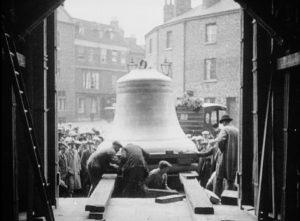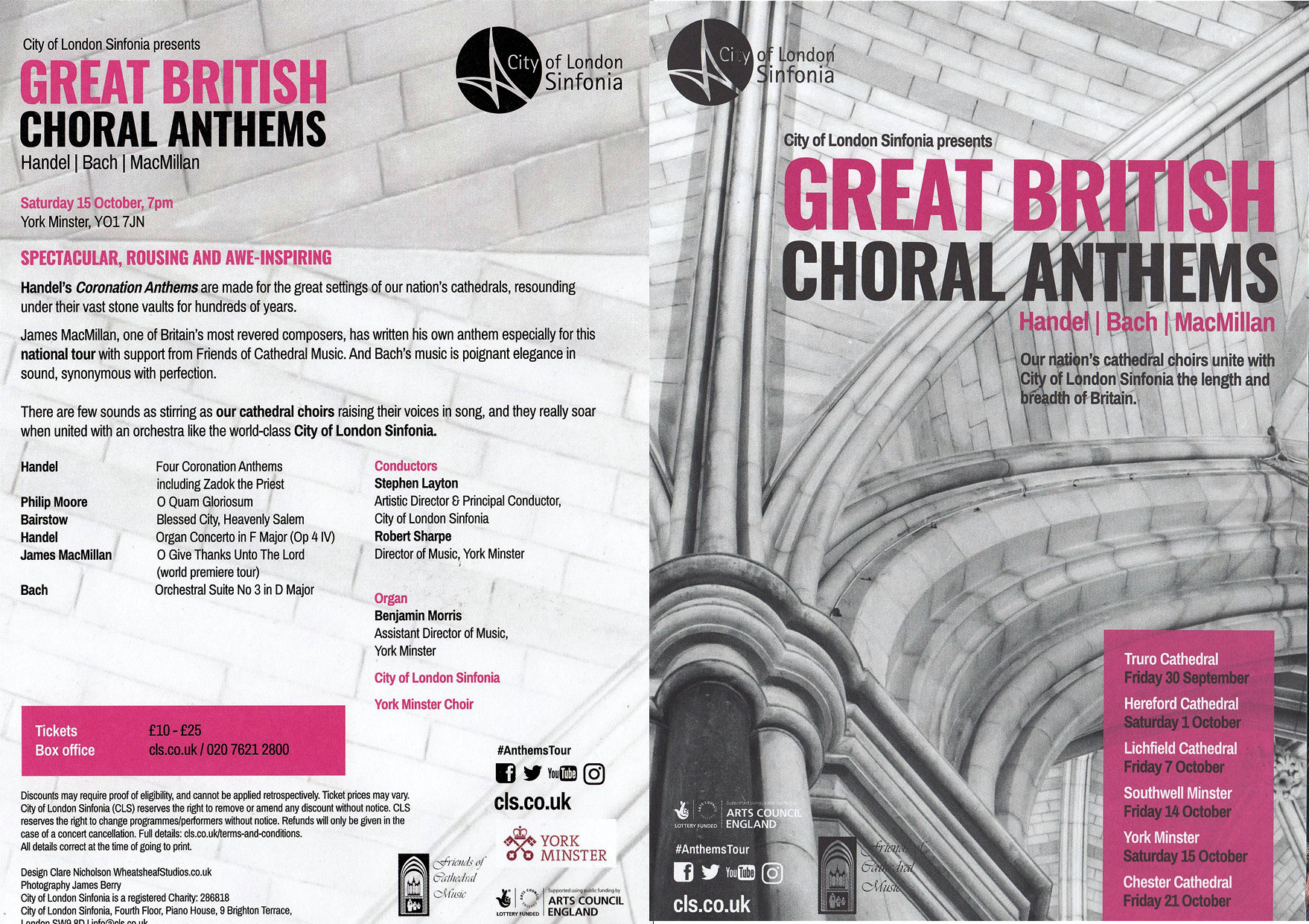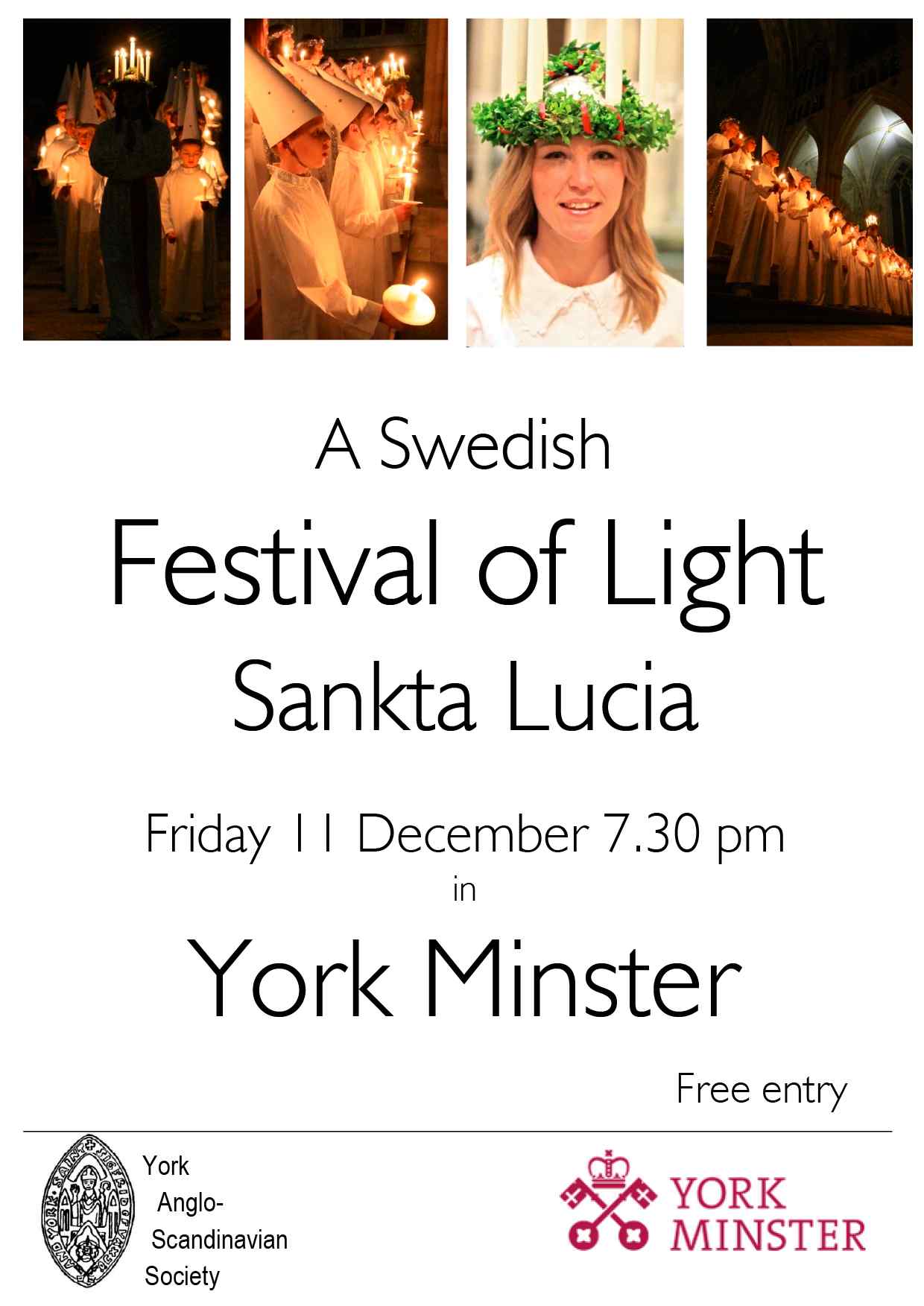The bells at the Minster may not be ringing quite so frequently for a while as the Cathedral begins a search for a new Head Bell Ringer.

Great Peter of York (1927): A choir sings on the steps of York Minster, witnessing the rare event of the St Peter hour bell, the third largest in the country, being unloaded from the back of an early heavy lorry. The huge bell is manually eased off on sturdy beams of timber, replacing the old one which was nearly a hundred years old.
York Minster has a total of 35 bells, including the heaviest bell in the country still rung by hand. Records of them start in the 14th Century.
The Carillon (the traditional call to prayer) will continue. York Minster became the first cathedral in England to have a carillon of bells with the arrival of twenty-four small bells on 4 April 2008.The carillon bells are hung above the main ringing peal area. Unlike the ringing peal, these bells are attached to a keyboard in the ringing chamber – klavier – which only requires one person to operate it. Rather than swinging full-circle to make a sound, the clappers are hit against the side of the bell as the carilloner plays. The allows hymn tunes and melodies to be chimed.
NB The two west towers of the minster hold the bells, clock chimes and the concert carillon. The north-west tower contains Great Peter (216 cwt or 10.8 tons) and the six clock bells (the largest weighing just over 60 cwt or 3 tons). The south-west tower holds 14 bells (tenor 59 cwt or 3 tons) hung and rung for change ringing and 22 carillon bells.
The clock bells ring every quarter of an hour during the daytime and Great Peter strikes the hour. The change ringing bells are normally rung regularly on Sundays before church services. These are added to the existing “Nelson Chime” which is chimed to announce Evensong around 5.00 pm each day, giving a carillon of 35 bells in total (three chromatic octaves). The bells were cast at the Loughborough Bell Foundry of Taylors, Eayre & Smith.












